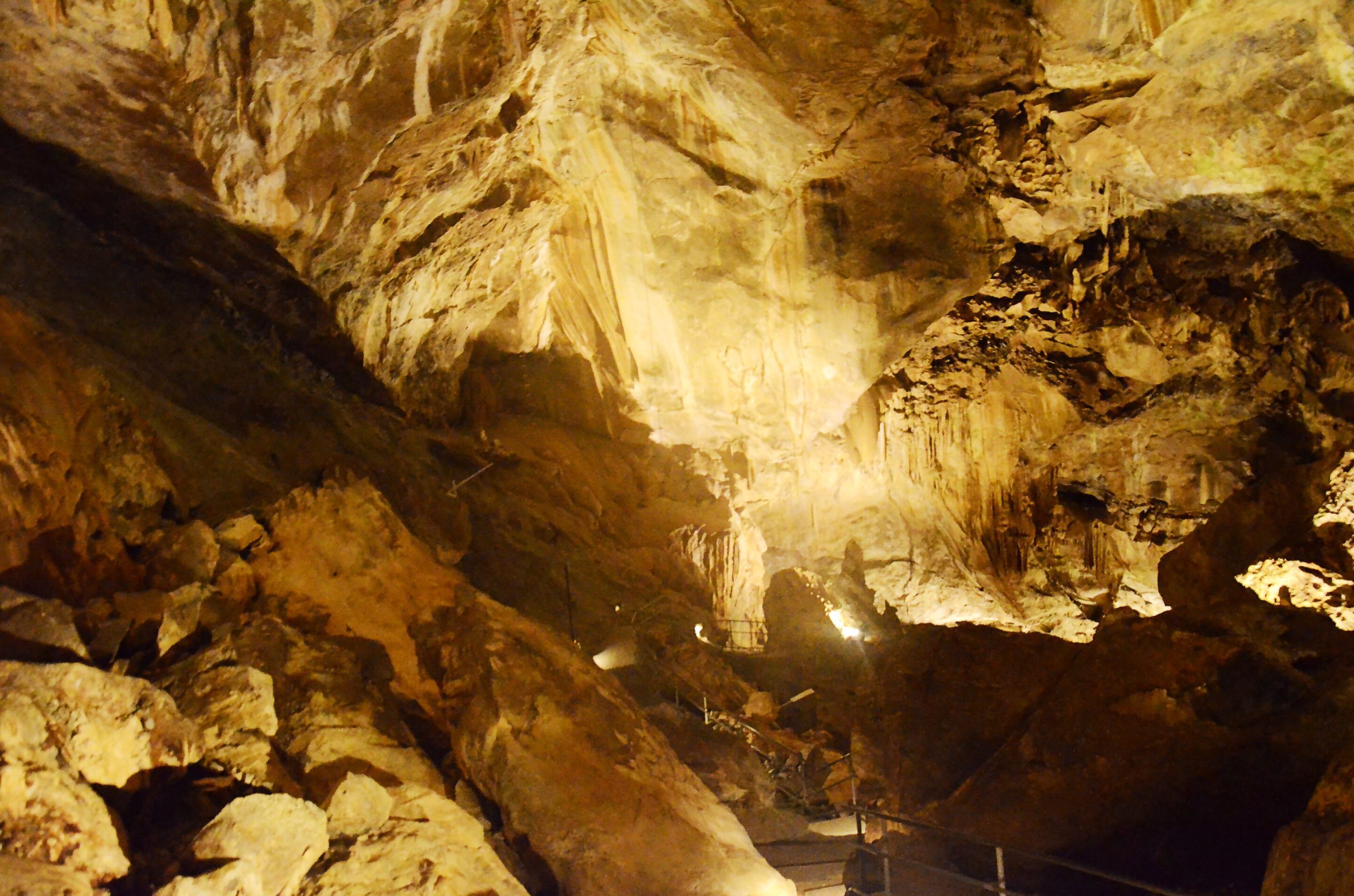

Throughout history, people have used caves for a number of reasons: as shelters, places for rituals, food storage, and, in more recent times, as touristic attractions. In these so-called show caves, visitors can experience the natural beauty of caves, usually by following a guide on constructed, artificially lit trails.
But caves are also very fragile ecosystems, bursting with underground life. They are home to numerous invertebrate and bat species, including ones that are threatened or endemic. The human disturbances caused by the changes in the infrastructure and environment, coupled with the influx of tourists, often affect the ecological processes and, consequently, these organisms. But how much do we know about the influence of tourists on cave ecosystems?
According to a new study in the open-access journal Nature Conservation, not enough.
Going through more than 1,000 scientific papers, an Italian team of scientists, led by Marco Isaia and Elena Piano from the University of Torino, prepared a literature-based dataset relative to the knowledge on the ecological status of 265 show caves in 39 countries across the world. Their database includes a georeferenced set of show caves, where researchers have evaluated a number of environmental indicators that help monitor the impact of tourism and its related activities on subterranean ecosystems. They also list cave characteristics for each cave, including its natural heritage that attracts tourists.

There are many ways in which tourism can disturb life in a cave. For example, the presence of visitors may help increase cave temperature, which, combined with the increase of CO2 air concentration caused by tourists’ breath, may enhance carbonate dissolution, damaging geological formations. Moreover, tourists can carry pollutants and propagules of microorganisms into the cave through their clothes and hands, which then land on geological formations, in the water, in the air, and on the ground. Apart from affecting subterranean invertebrates, the artificial lighting and noise related to tourist visits may also affect the life of bats, making it harder for them to reproduce or overwinter in caves.
The dataset published in Nature Conservation set a baseline towards the integrated and multidisciplinary study of the impacts caused by tourism on these fragile ecosystems, but the research team points out that much remains to be done. For example, they found out that there wasn’t enough research on show caves outside of Europe, or on the possible impacts of tourism on the subterranean fauna in the context of climate change.
Ultimately, the data in this study can help managing authorities come up with guidelines that will allow a sustainable touristic development of show caves, not only from an environmental perspective, but also from an economic and social point of view.

“Overall, this data paper could fill the lack of awareness towards the fragility of the natural heritage of show caves to favor a sustainable touristic use that would guarantee their preservation for future generations as well as the economic development of local communities”, the authors conclude.
More information:
Elena Piano et al, A literature-based database of the natural heritage, the ecological status and tourism-related impacts in show caves worldwide, Nature Conservation (2022). DOI: 10.3897/natureconservation.50.80505
Provided by
Pensoft Publishers
Citation:
Knowledge is power: How can we make cave tourism more environmentally friendly? (2022, November 16)
retrieved 16 November 2022
from https://phys.org/news/2022-11-knowledge-power-cave-tourism-environmentally.html
This document is subject to copyright. Apart from any fair dealing for the purpose of private study or research, no
part may be reproduced without the written permission. The content is provided for information purposes only.